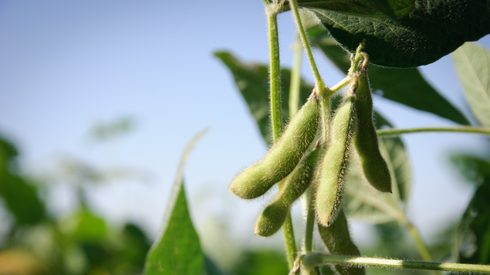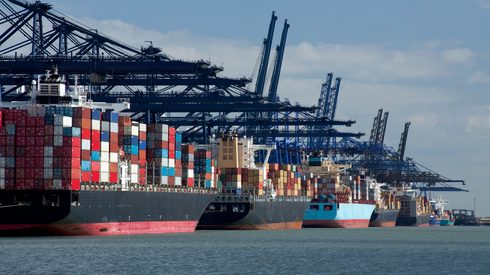Argentinian soybean production has fallen over the last two years, and this is mainly due to the impact of La Niña, a climate event that heavily reduced South American yields and upset growth in US production for the 2020-21 season.
Monthly data for Argentinian crushing volumes indicate that crush slowed by about five percent in the first quarter of the 2022-23 marketing year and dropped by ten percent relative to last year in July. The previous year’s below-trendline yields reduced production and supplies available to Argentine crushers, and slow farmer sales contributed to the slowdown in crushing volumes.
As a result, Argentinian soy meal exports have been negatively affected.
According to Fastmarkets, soybean crush volumes are following the same trend in the EU and losing pace.
The impact on Chinese soybean crush industry
The decline in world production has slowed world soybean crushing outside the US, as limited sales by Argentine farmers are pushing product prices up.
China, one of the largest soybean importers, has been reducing its crush volumes and will likely reduce imports due to non-attractive profit margins.
Chinese crush margins have been at the lower end of the historical range, dropping below zero for much of the summer and just getting back to break even in mid-September.
Soaring soybean prices drive weaker crush margins
The high price of soybeans has been the main driver of weak crush margins, so a recovery in South American production could help lift margins in the spring.
However, the increased demand for soybeans from US crushers could limit importable supplies, upsetting the potential for further improvement in Chinese margins through the end of the year.
We provide market outlooks, price data, forecasts and analysis of trends.
Speak to our sales team to explore our platform and pricing tools for your commodity.







